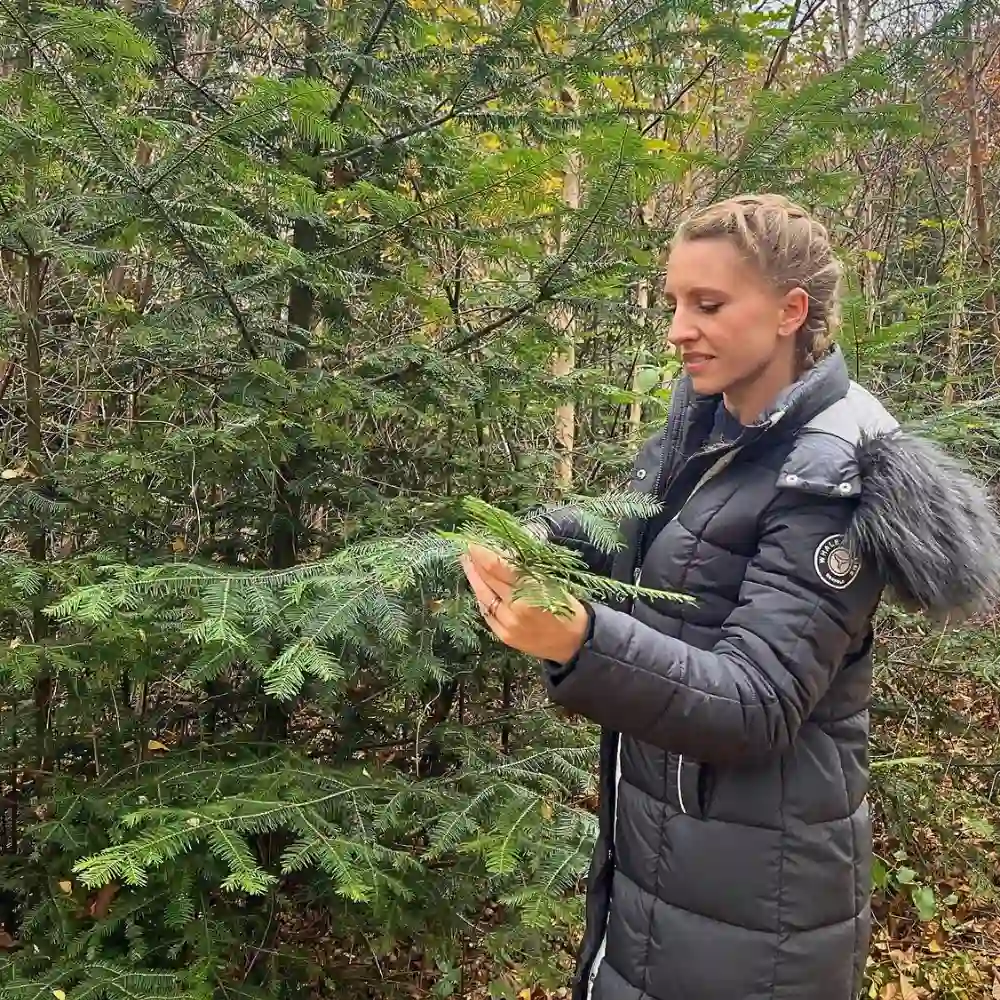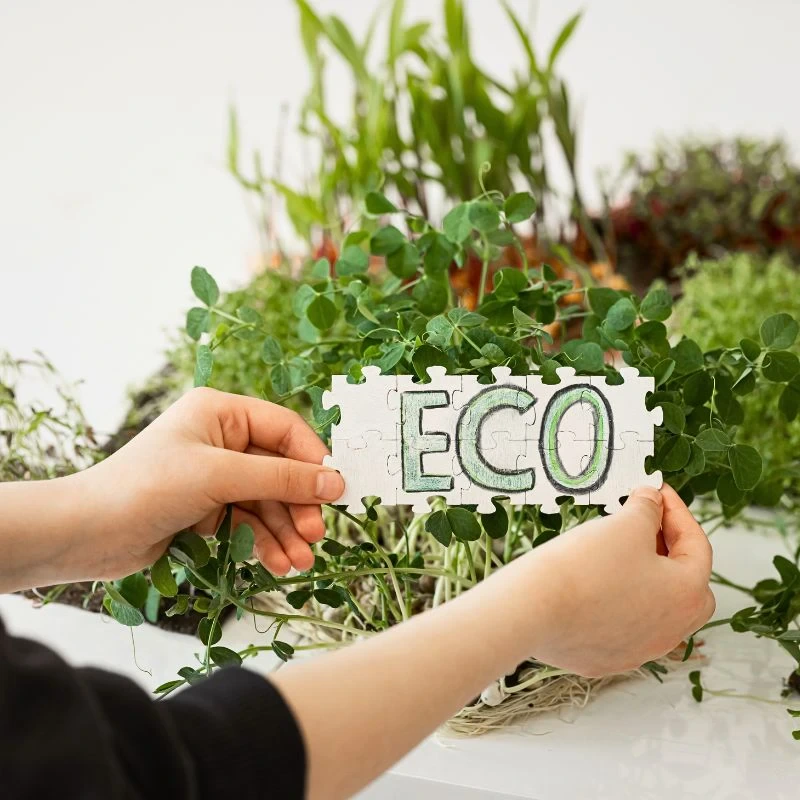When a company wants to become more sustainable, often the term 'lowering our footprint' is used. What is this footprint, how do you measure it and what can you do with it? Simply put, the footprint expresses the impact that something has on the environment: the environmental footprint.
Impact on the Environment
To calculate this footprint, we look at a company and/or product and all the emissions it emits and the resources that is uses. A well-known one is the carbon footprint, but there are many more, each focusing on a specific environmental issue. It quantifies the number of greenhouse gasses and relates those to the reference substance: carbon dioxide. The higher the number, the higher the effect on climate change. It is a combination of the amount of gas that is released into the environment and how much effect that gas has. Quite literally we can compare this to an actual footprint: when you walk on a beach, you can leave as many footprints as you'd like. The sea washes them away in an instant. The resulting impact is therefore quite low. Compare this to a step on the moon. It's still one step, but it'll last for an eternity. The step becomes a giant leap. In the same way, a kilo of CO2 has a much lower impact than the CFCs in old refrigerants.
Life Cycle Assessment (LCA)
The footprint itself is calculated using a method called Life Cycle Assessment (LCA). The most extensive LCA is a cradle-to-grave analysis. This includes the impact of the whole production, use and end-of-life cycle of the product. Most of the time, we perform a cradle-to-gate analysis. The result of this is the impact of the production of the product. More recently, we notice companies being more interested in the impact of their packaging materials and the influence their choices have on the rest of the chain as well. For instance, selling a plant without a protective sleeve has clear benefits on the cradle-to-gate analysis, but it can drastically increase the impact further downstream when it causes higher waste in the stores.
A Flower's Footprint
"My product stores CO2, isn't it sustainable by default?"
This is one of the most heard questions. The answer, unfortunately, is no. The main reason is that it stores this carbon only for a short amount of time. When the consumer throws the flower away, guess what happens to that stored carbon? It goes right back into the atmosphere shortly after. In the full life cycle of the product, the carbon uptake and emission cancel each other out. It's called short-cycle or biogenic carbon dioxide. The emissions from production are mainly long-cycle or fossil carbon dioxide. This is CO2 that was in the ground for many thousands of years, for instance in natural gas or peat bogs. This carbon dioxide now enters our atmosphere, increasing the greenhouse gas concentration.
The Use of a Footprint Calculation
So why calculate this footprint? Well, for a number of reasons, actually. You can use it internally and externally. Internally, you can find your product's hotspots and learn how to lower your environmental impact. Do you need to lower your material use, or do you need to focus on shelf life? It can also show you where your production is less efficient, where waste is produced and much more, all providing insights in a better financial performance as well. An often overlooked little fact is that younger people actually look at the effort a potential employer makes in the field of sustainability! Externally, you can obviously use it in your communication. Show the world that you care about the environment! And not just to your direct customer: show consumers, your business partners and your suppliers. Who knows, maybe they are working on some developments as well that you can take part in. And let's not forget your financers and your insurers: after all, a company preparing for the future is a company that has a lower risk. Banks love low-risk investments! Maybe it'll reflect in your interest rate...
The Future...
And what about the actual end result then? Will a flower with a high footprint still have a market in the future? The truth is: nobody really knows. But think of it this way: when a carbon tax will be implemented in the future, will your product still be able to compete in the market it is in right now? Who knows, maybe your product is the future equivalent of a Range Rover, including the high price tag, high margin and high-end customer. And while we're at it, that high margin might mean you can turn your product into a Tesla: high (debatable) sustainability with the same high-end customer.










